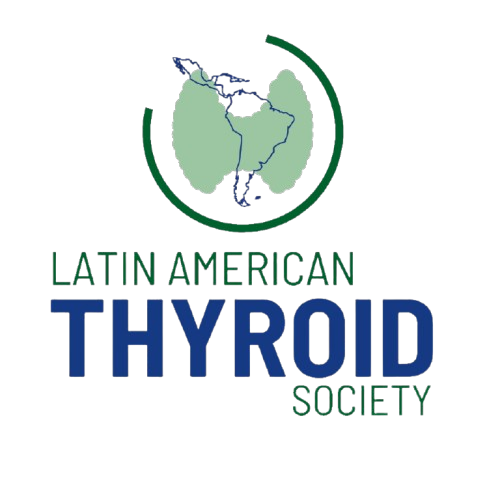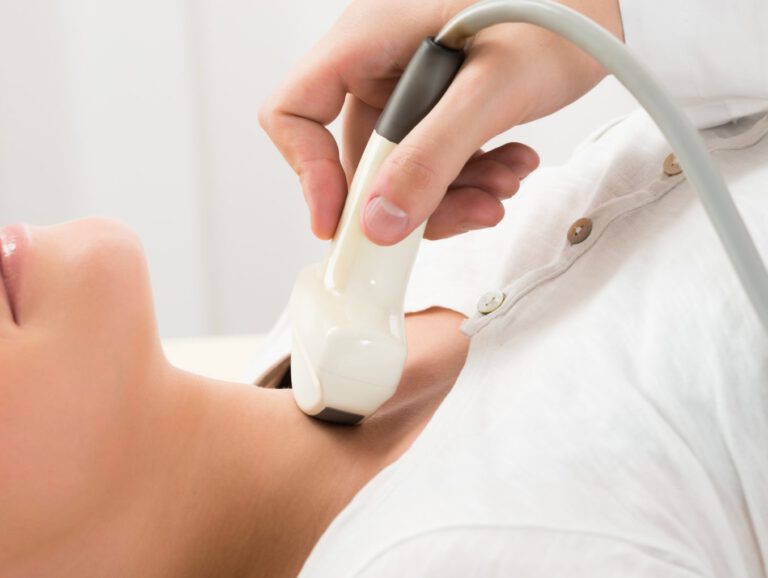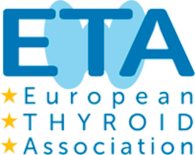Nodules located in the upper pole of the thyroid gland may carry a greater risk for malignancy than those in the lower pole, new research suggests.
The findings were presented May 19 here at the American Association of Clinical Endocrinologists (AACE) 2018 Annual Scientific & Clinical Congress by Fan Zhang, MD, PhD, a resident in the Department of Internal Medicine at Brookdale University Hospital and Medical Center, Brooklyn, New York.
Sonographic characteristics of nodules such as microcalcifications, hypoechoicity (does not bounce back sound), infiltrative margins, increased vascularity, and taller-than-wide are all known to be associated with greater malignancy risk, but no prior study has examined the risk in relation to location in the upper versus lower pole of the thyroid, Zhang and colleagues explain in their poster.
In their study of nearly 200 patients, nodules located in the upper pole of the thyroid were nearly five-times more likely to be malignant than those in the lower pole.
If replicated in subsequent research, the findings suggest that thyroid nodule location should be included in ultrasound classification guidelines to enhance the predictive value for malignancy, diagnostic accuracy, and reliability as an indication for performing fine-needle aspiration biopsy, the authors say.
“Obviously this has to be confirmed by others,” said lead investigator Tooraj Zahedi, MD, endocrinologist, Division of Endocrinology, Brookdale University Hospital and Medical Center. If the findings are replicated, “We may start considering location as a possible addition to the guidelines,” he told Medscape Medical News.
Why Does Nodule Location Seem to Affect Malignancy Rate?
The reason for the increased risk in the upper pole isn’t known. The authors theorize that perhaps it’s related to anatomy, as venous drainage from the upper lobe is more tortuous and therefore slower than that of the lower lobe. This could result in delayed clearing of the by-products of normal metabolism in the upper poles. These by-products may include reactive oxygen species that could promote and propagate cancer, the authors hypothesize.
Ali M. Safa, MD, an endocrinologist from Vienna, Virginia, who stopped by the poster, had a different hypothesis: the upper lobe may receive more radiation exposure because of dental X-rays or other imaging such as sinus CT.
Safa suggested the authors examine the results by patient age, as those who are older would be more likely to have undergone nondigital dental X-rays that involved more radiation exposure. He pointed out that although the protective shield should cover the neck, it can slide down, potentially exposing the upper part of the thyroid.
And he noted that sinus CTs are fairly common and protection of the thyroid gland isn’t typically a focus. “I worry about a lot of these exposures…You have to think it’s a possibility,” Safa said, adding, “if you do prove this, it could be major in terms of policymaking.”
First Study to Examine Malignancy Risk by Nodule Location
As the high prevalence of thyroid nodules demands accurate assessment to avoid unnecessary biopsies and overtreatment, this study examined whether nodule location affects outcomes.
Researchers retrospectively reviewed data from 188 clinic patients (82% women) with thyroid nodules who underwent fine-needle aspiration biopsy from July 2016 to June 2017. The nodules were evenly distributed in the right and left lobes of the thyroid gland (47% and 51%, respectively), while 2% were in the isthmus.
Most nodules (79%) were located in the lower thyroid pole, compared with just 10% in the upper pole and 11% in the middle pole. Multiple nodules were present in 40% of the patients.
Malignancy was identified in 7.4% of nodules (n = 14), including 22.2% (4 of 18) in the upper pole, 4.7% (7 of 149) in the lower pole, and 14.3% (3 of 21) in the middle pole.
The difference between malignancies located in the upper and lower poles was highly significant (odds ratio [OR], 5.8; P = .01), and remained significant after adjustment for number of nodules, age, gender, body mass index, and laterality (OR, 4.6; P = .03).
“I think other people have to start looking at their own series and see if they can replicate our findings,” Zahedi said.
Zhang, Zahedi, and Safa have reported no relevant financial relationships.
American Association of Clinical Endocrinologists (AACE) 2018 Annual Scientific & Clinical Congress. May 19, 2018; Boston, Massachusetts.






